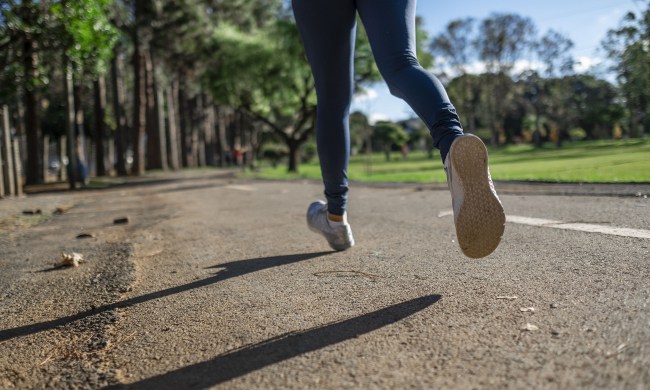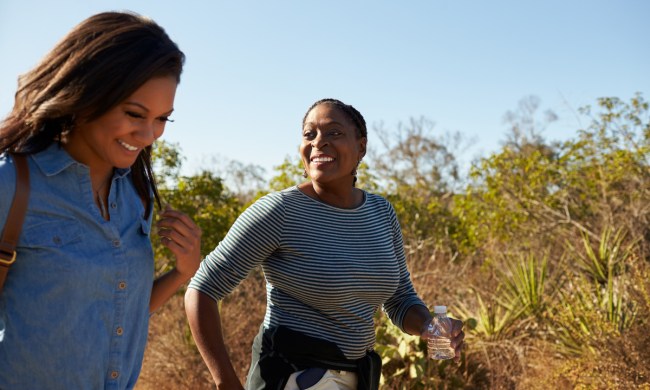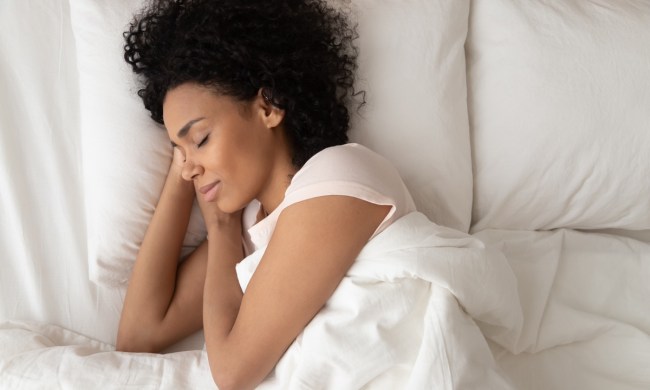As workplaces, businesses, and schools closed while we hunkered down at home during pandemic lockdowns last year, there seemed to be widespread yearning for those pre-pandemic days when we could see our family and friends, gather to talk around the water cooler, send the kids off to school — or just simply leave the house. Now, as testing and vaccines have become widespread and conditions are slowly but surely getting back to some semblance of normalcy, you’d think we’d all be beyond eager to get back to our usual lives and routines. But, as it turns out, we really aren’t.
According to the American Psychological Association’s March 2021 Stress in America poll, almost half of respondents said they don’t feel comfortable going back to living life like they did prior to the pandemic. They also feel unease about adjusting to in-person interaction once the pandemic is over. People of color were more likely to experience these feelings, and those who’ve had the COVID-19 vaccine were just as likely to feel unease as those who hadn’t. That’s led experts to coin the term “re-entry anxiety” to describe our collective wariness at returning to society (whatever that might look like) post-pandemic.
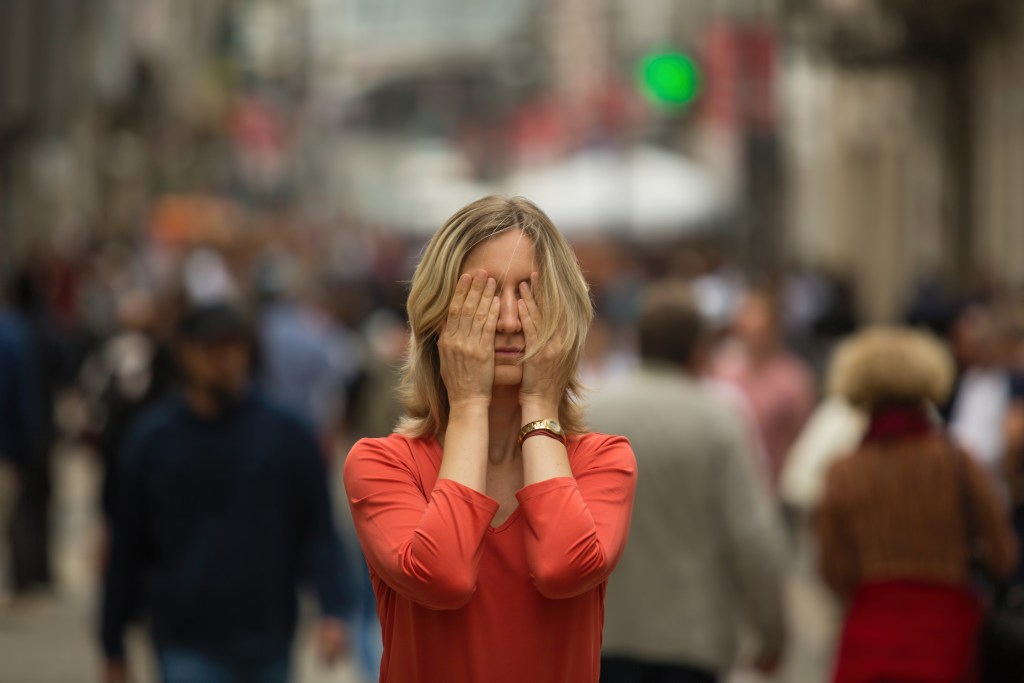
Why re-entry makes us nervous
Why does doing all those things we thought we missed suddenly make us anxious? One of the main reasons is we’re just pretty darn good at getting used to the status quo, according to Stefani Goerlich, a certified sex therapist and master social worker who runs Bound Together Counseling and is the author of The Leather Couch: Clinical Practice with Kinky Clients.
“We are remarkably adaptable creatures,” says Goerlich. “If you’d suggested two years ago that we would, collectively, spend a year quarantined at home, I suspect most of us would have said they’d never survive such a predicament. And yet now that we have, many of us are going to feel the same way about returning back into the world. Combine this adaptation to last year’s changes with a growing awareness of the fact that many people we would have previously assumed could be trusted to act for the greater good through simple gestures like wearing a mask or getting a vaccination have shown themselves to be overtly hostile to such gestures, and it makes perfect sense that many of us would be leery to return to our pre-pandemic ways of life.”
The fact that post-pandemic life might not look like pre-pandemic life is also a big factor in our collective unease, according to C. Vaile Wright, Ph.D., senior director for Health Care Innovation and practice directorate with the American Psychological Association. “At the core, there’s still a lot of uncertainty about what things will look like going forward,” she says. “There are still a lot of unknowns and questions about the need for booster shots, and vaccine hesitancy and efficacy. COVID was a disruptor. The workplace and school will never look the same, but we don’t know what they’re going to look like.”
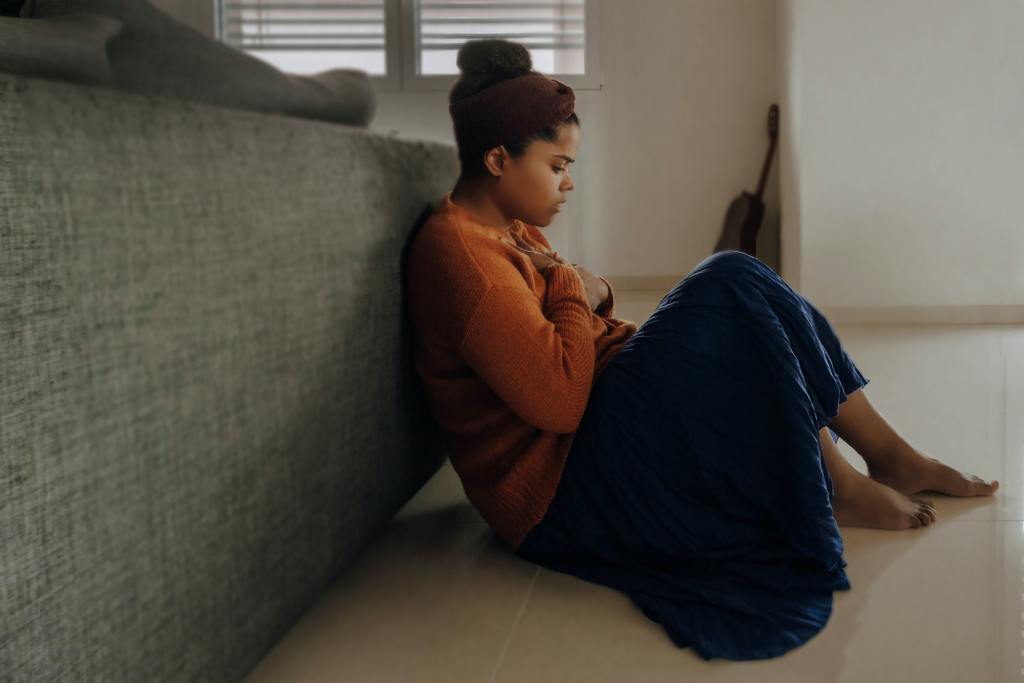
Why minorities are more likely to have re-entry anxiety
According to the APA survey, 54% of Black, 48% of Hispanic, and 45% of Asian respondents versus 44% of white respondents said they didn’t feel comfortable resuming life as it was pre-pandemic, while 57% of Blacks, 51% of Asians, 50% of Hispanics and 47% of whites reported feeling unease about post-pandemic, in-person interaction. Minorities were also more likely to report undesired changes to sleep, physical activity levels, and weight since the start of the pandemic. None of this is surprising, considering historical treatment of minorities and the fact they have disproportionately experienced negative effects of COVID-19, says Goerlich.
“Minorities have a long history of being misled and misused by both government officials and their non-minority neighbors,” says Goerlich. “Events such as the Tuskegee Experiment quite reasonably make people of color hesitate before taking public health authorities at their word. This combined with more barriers to vaccine access and systemic racism in health care can lead folks to conclude that a return to pre-COVID behaviors is not safe for them.”
Going back to the workplace after more than a year working from home can also create unique stressors for people of color, says Wright. “Research is showing the transition to work from home reduced micro-aggressions toward racial minorities,” she says. “They were treated better working at home than in the workplace and are hesitant to go back to negative experiences.”
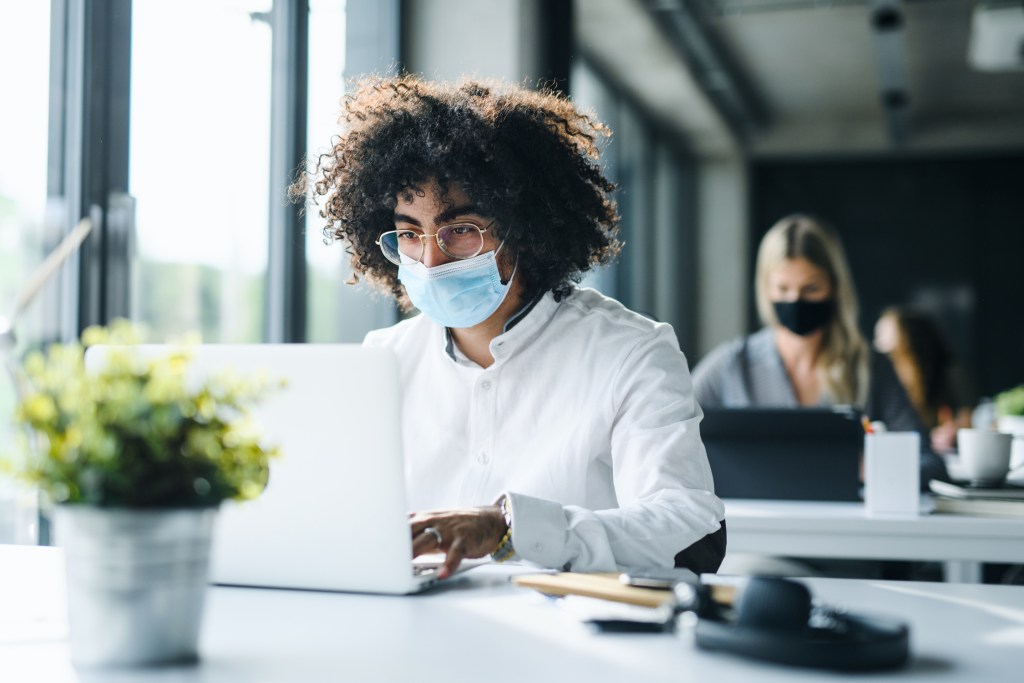
The stress of returning to the workplace
It’s not only minorities who are experiencing stress about returning to the workplace, says Wright. After over a year of WFH, a lot of people enjoyed the flexibility, not having to commute, and other benefits.
“That’s the part people don’t want to go away,” says Wright. “When we return to work how do we know our co-workers are vaccinated? Will we have to wear masks all day? Again, there are a lot of unknowns.”
And, just like with lockdowns, most of us have adapted quite well to working at home, says Goerlich. “Jobs that had been traditionally worked in-office were modified due to the pandemic, which created new opportunities for workers with disabilities, working parents, and others. To see these gains taken away without a sound rationale for returning to mandatory office time has proven stressful,” she says.
Traditional reasons employers gave for not embracing WFH have turned out to not be valid concerns, adds Wright. “What has historically stopped employers at a mass level from utilizing work from home were the thoughts that it couldn’t be done effectively and that employees couldn’t be trusted. That’s all been blown out of the water,” she says.
Goerlich suggests employers who want employees to return to the workplace should carefully consider their reasons. “Are these choices being made because it is necessary for the business or because it feels more convenient for the management? Are there ways to maintain the new status quo for workers who have found that they prefer working from home? COVID taught us that one-size-fits-all solutions are impractical and that we can be flexible without impacting productivity,” she says.

Tips to ease your return to post-pandemic life
Whether you’re experiencing slight anxiousness or something more serious, there are tips for returning to post-pandemic life that will help ease the transition. First, know it’s healthy to feel uncertainty, says Wright.
“We shouldn’t judge ourselves or others because we’ve never had to deal with this before,” she says. “Research from the Ebola and SARS pandemics in Africa and Asia suggests the longer we are in quarantine, the more likely we are to be stressed, and none of those pandemics lasted as long as COVID.”
If you’re feeling anxious, keep these five tips in mind:
- Take one step at a time. It’s important to give yourself permission to take things slowly, says Goerlich. “Things have improved dramatically over this time last year, but there is still risk and you are allowed to have your own risk tolerance, regardless of what state agencies allow or what friends and employers may encourage,” she says. “Start with the activities you’ve missed most and look for ways to safely reintegrate those things into your life.” Wright suggests taking small steps such as going to a store or restaurant and then working up to steps that are more challenging.
- Avoid avoidance. Putting off things you are stressed about is one of the worst things you can do, according to Wright. “The more you avoid something, the more it implicitly tells your brain that you can’t handle it, and the harder it becomes,” she says. Instead, take the small steps suggested above.
- Be kind. This goes for how you act toward not just others but yourself, as well. “The past year has been so filled with judgment of ourselves and others,” says Wright. “Approach re-entry with grace. Don’t judge others for a slower or faster approach, and don’t judge yourself. We’re all in this together.”
- Know it’s okay if things aren’t the same. If you’ve found there are aspects of pandemic shutdowns that have changed your life for the better, don’t just assume you need to get rid of them when the pandemic ends. “Are there things that the pandemic took out of your life that you are happy to see gone? Positive changes that occurred? Give yourself permission to maintain that new normal for yourself. Just because things are returning to normal doesn’t mean that normal has to look the same as it did in the ‘before times,’” says Goerlich.
- Get help if you need it. If your anxiety feels out of control, is interfering with daily life or sleep, or causing you to withdraw, you should seek professional help. “It may be worth processing these choices with a professional, to make sure that you are making your decisions from a place of rational risk analysis, rather than irrational fear,” says Goerlich. “If you are unhappy with your own decision making, talk it out with someone objective. They can give you a sounding board and a gentle reality check, while still supporting your right to do what’s best for you and those you love.”
Remember, we’ve been dealing with the pandemic for well over a year, and it’s unrealistic to assume we’ll all feel comfortable returning to a post-pandemic world overnight. Whether it’s going back to work, school, or social living — or all of the above — take steps to make sure you do so in a way that supports your mental and overall health.
BlissMark provides information regarding health, wellness, and beauty. The information within this article is not intended to be medical advice. Before starting any diet or exercise routine, consult your physician. If you don’t have a primary care physician, the United States Health & Human Services department has a free online tool that can help you locate a clinic in your area. We are not medical professionals, have not verified or vetted any programs, and in no way intend our content to be anything more than informative and inspiring.

